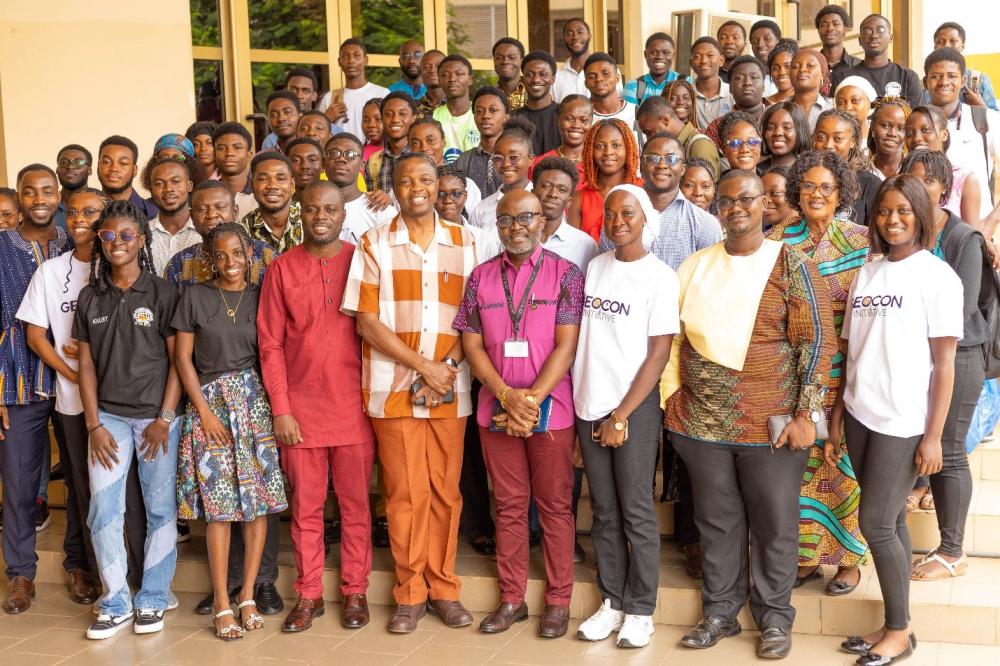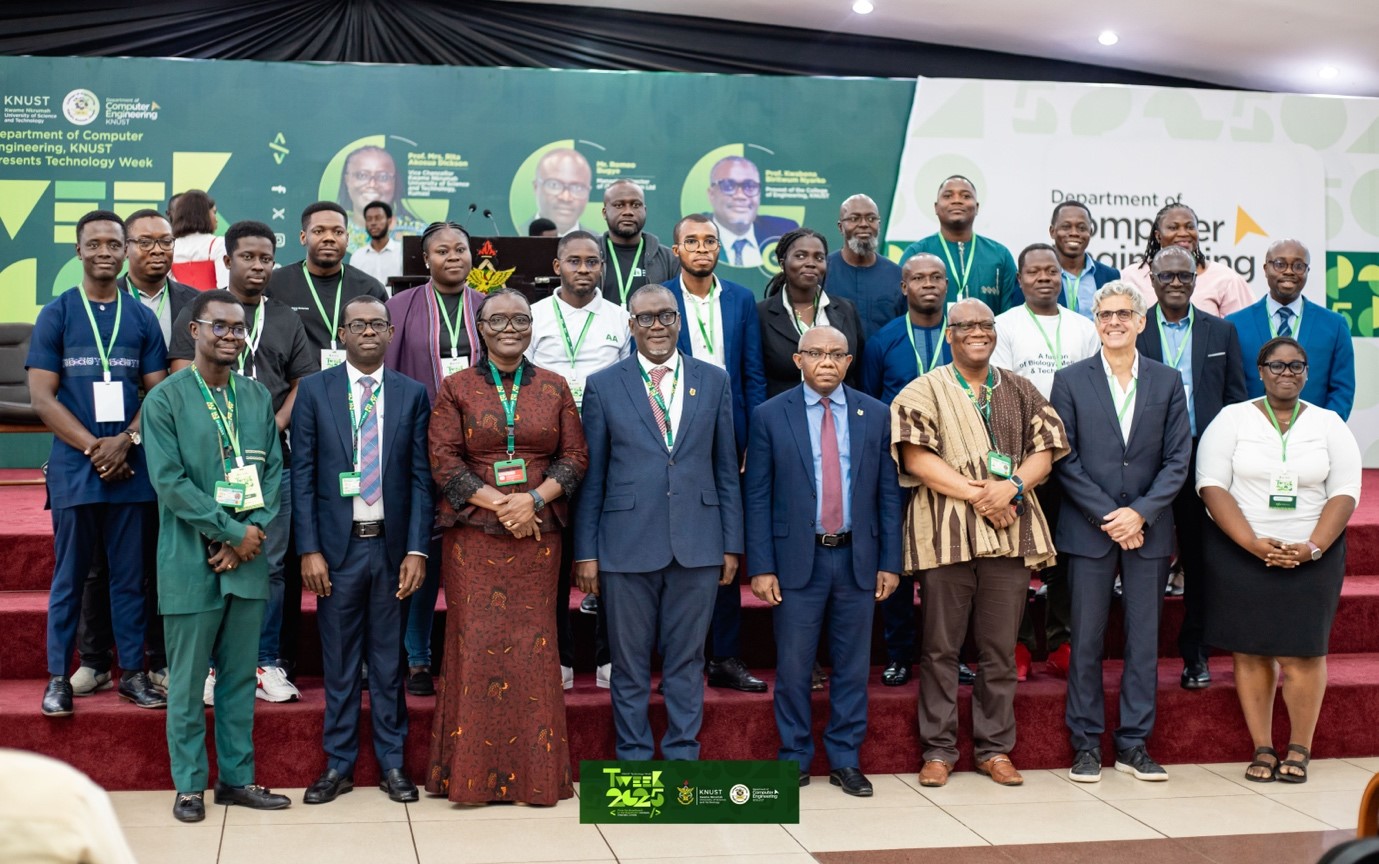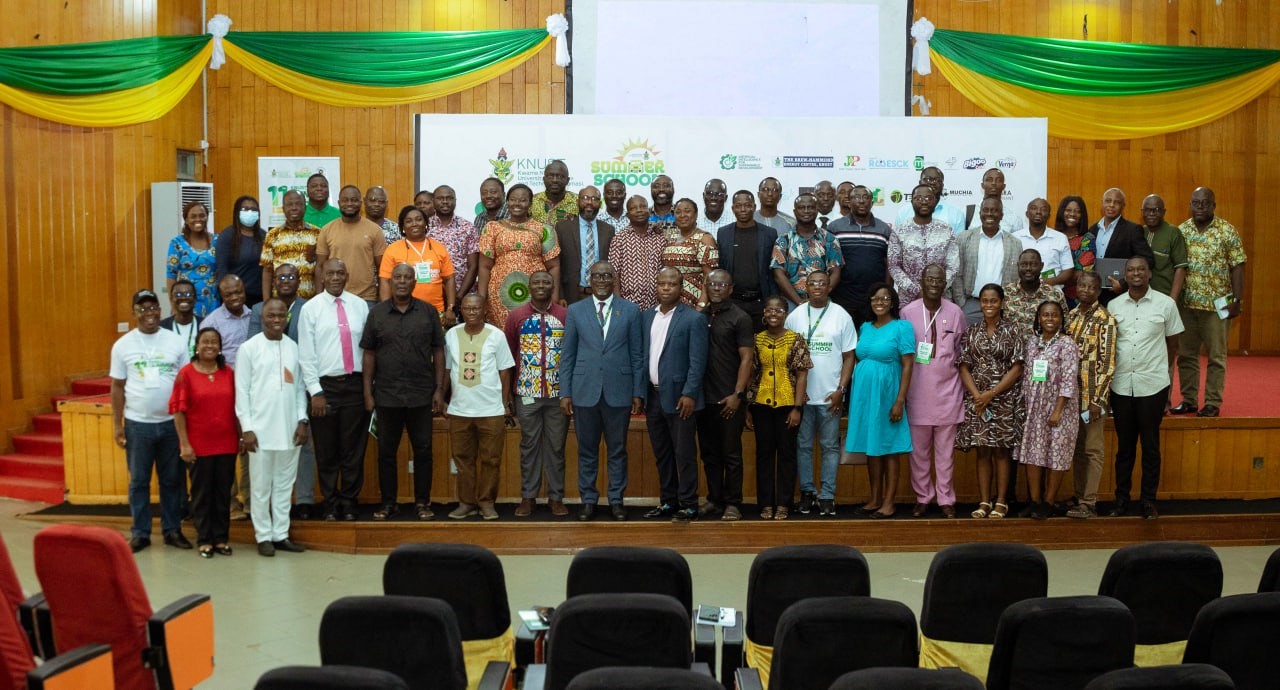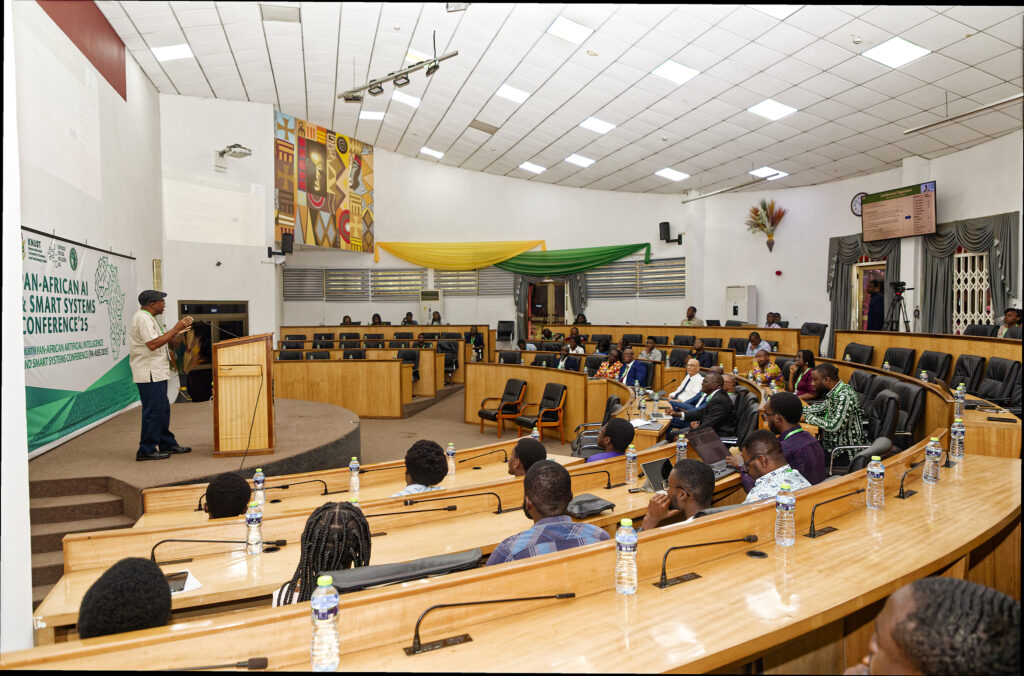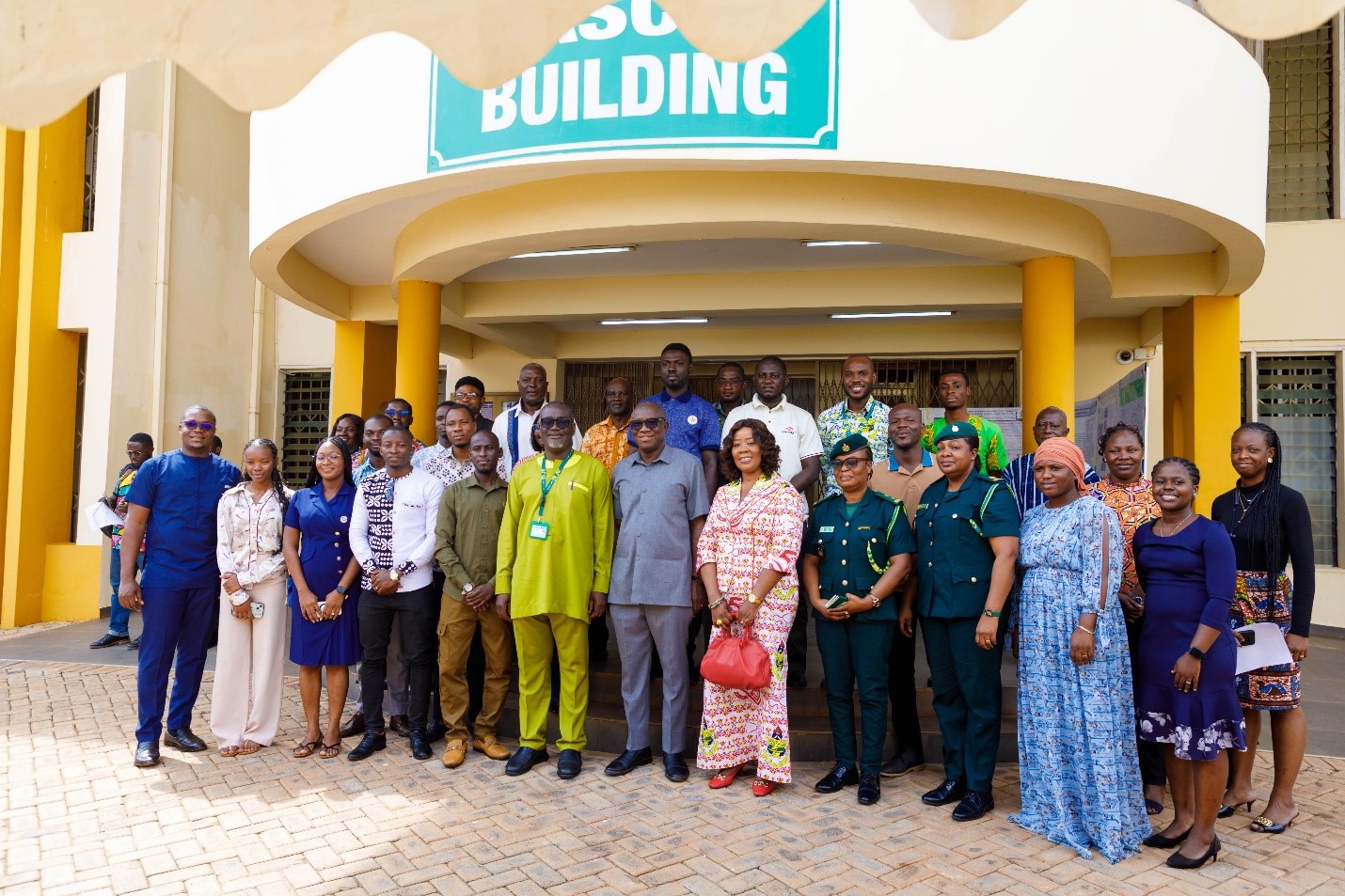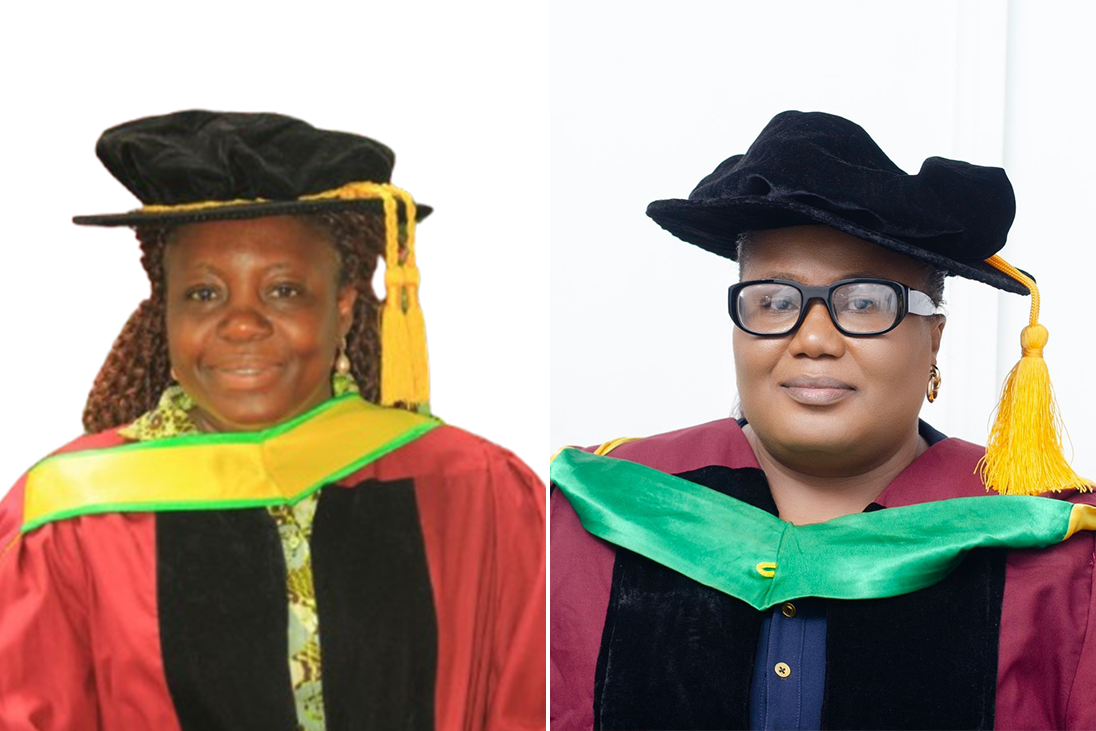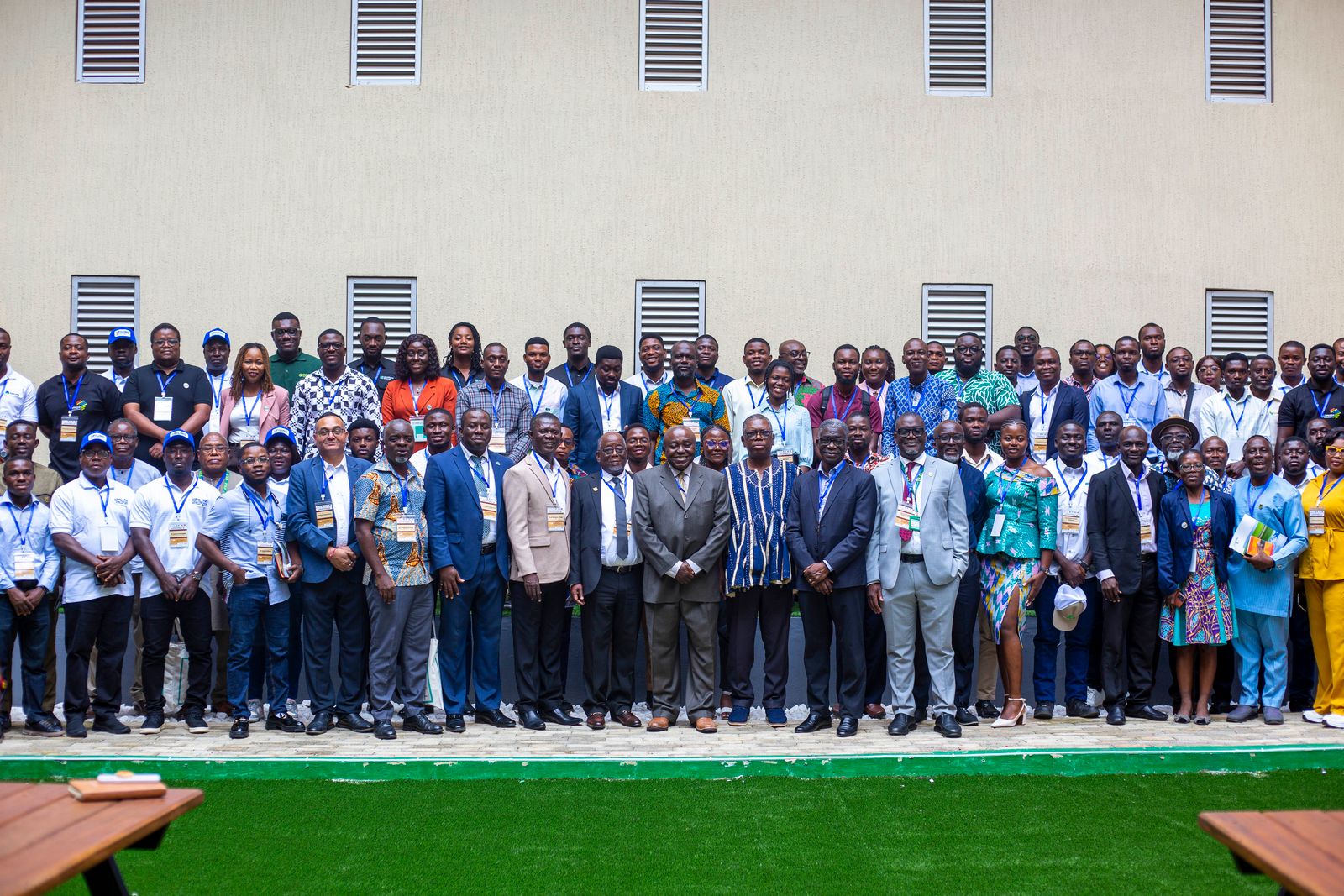The Department of Geomatic Engineering at the Kwame Nkrumah University of Science and Technology (KNUST) hosted the second edition of its landmark conference, Geocon 2.0, under the theme “Securing Our Place in the Geomatic Space.” The event, held at the Kumapley Auditorium, brought together students, alumni, faculty, and industry leaders to bridge the gap between academic training and real-world application in the evolving field of geomatics.
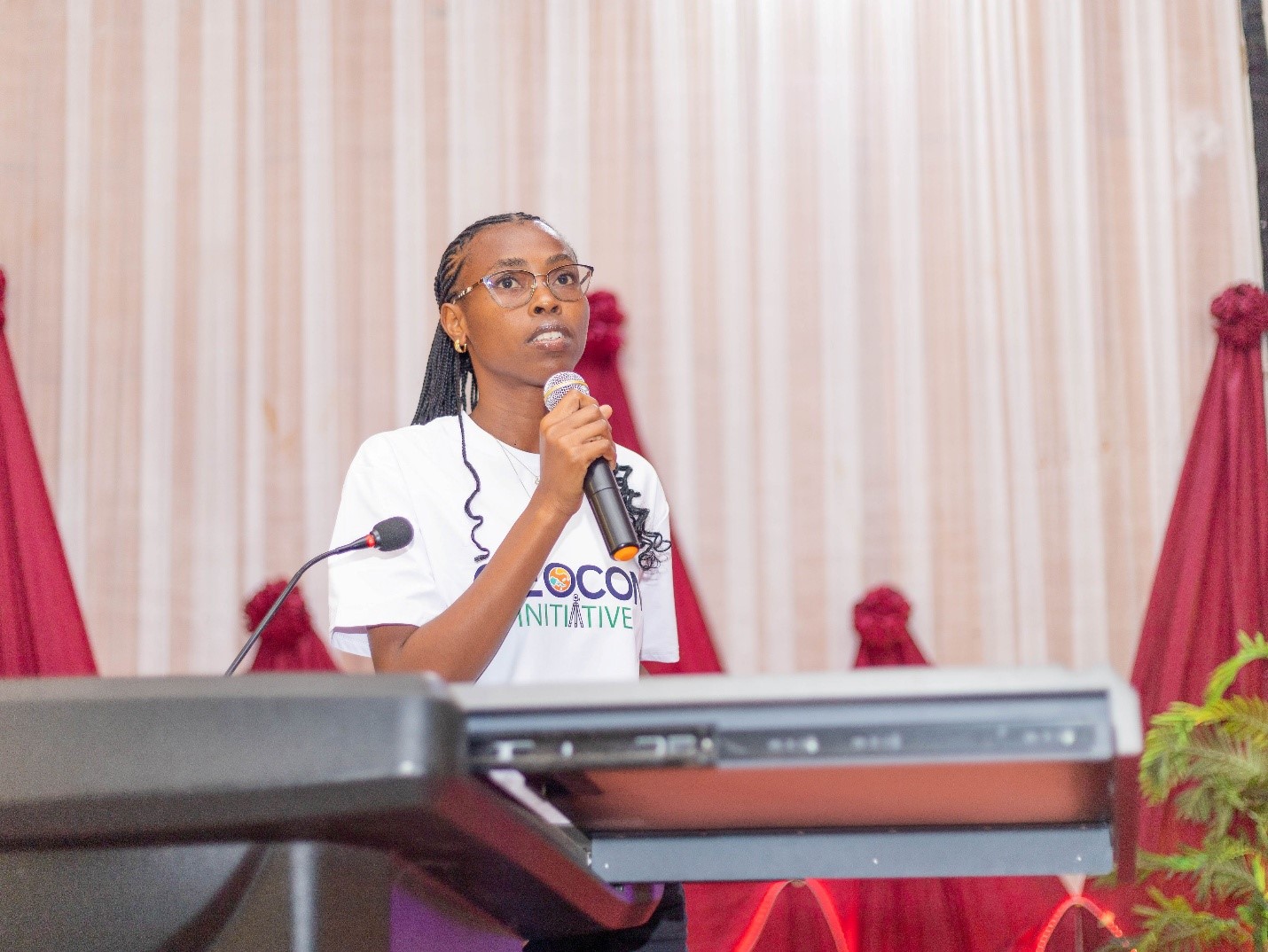
In her opening remarks, Ms. Angela, founder of the Geocon initiative, challenged students to embrace their future roles with confidence. “This conference is not just a gathering, it is a commitment to shaping a more inclusive, innovative, and empowered future. You belong here. This profession needs your voice.”
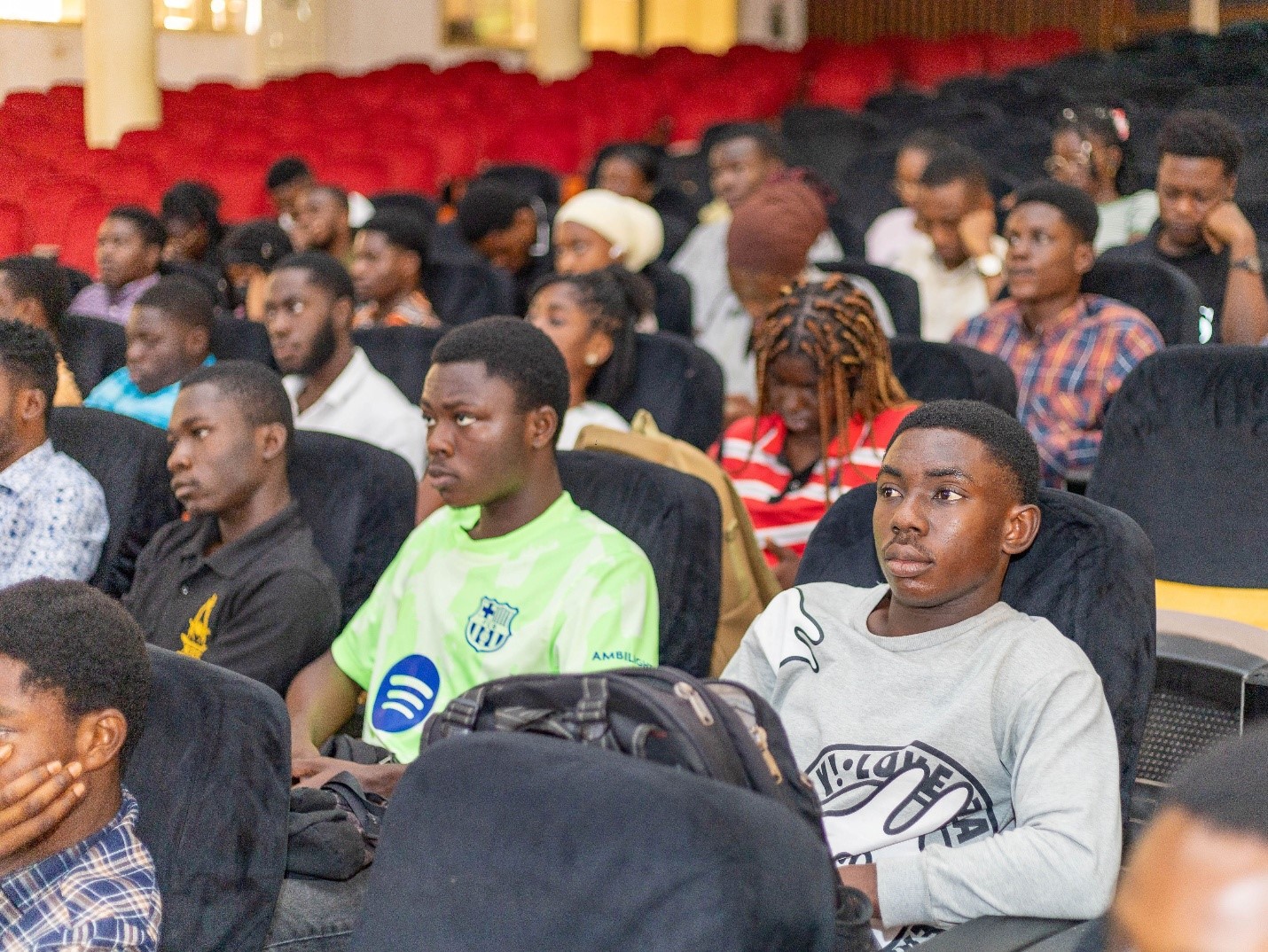
A major highlight was the virtual keynote address by Mr. Michalis Kalogiannakis, Vice President of the International Federation of Surveyors (FIG), who joined live from Greece. He offered an expansive view of how geomatics professionals contribute across sectors, from infrastructure and environmental monitoring to gaming and emergency response. “Surveying has moved beyond the compass and chain. Today, it powers smart cities, digital twins, and even video games like Pokémon GO and Minecraft, which rely heavily on geospatial data,” he explained.
Mr. Kalogiannakis also warned about the world’s dependency on geospatial technology, citing a UK study estimating a £1 billion daily cost in the event of GNSS failure.
Another address came from Mr. Husein Pumaya Yakubu, a certified surveyor and policy professional at the Ministry of Lands and Natural Resources. Sharing his journey from fieldwork to policy, he urged students to consider broadening their impact beyond theodolites and total stations. “Every policy I help shape today on land access, planning, or sustainability builds on my foundation as a surveyor,” he said. “You don’t have to stay in one lane. The profession is evolving, and so can you.”
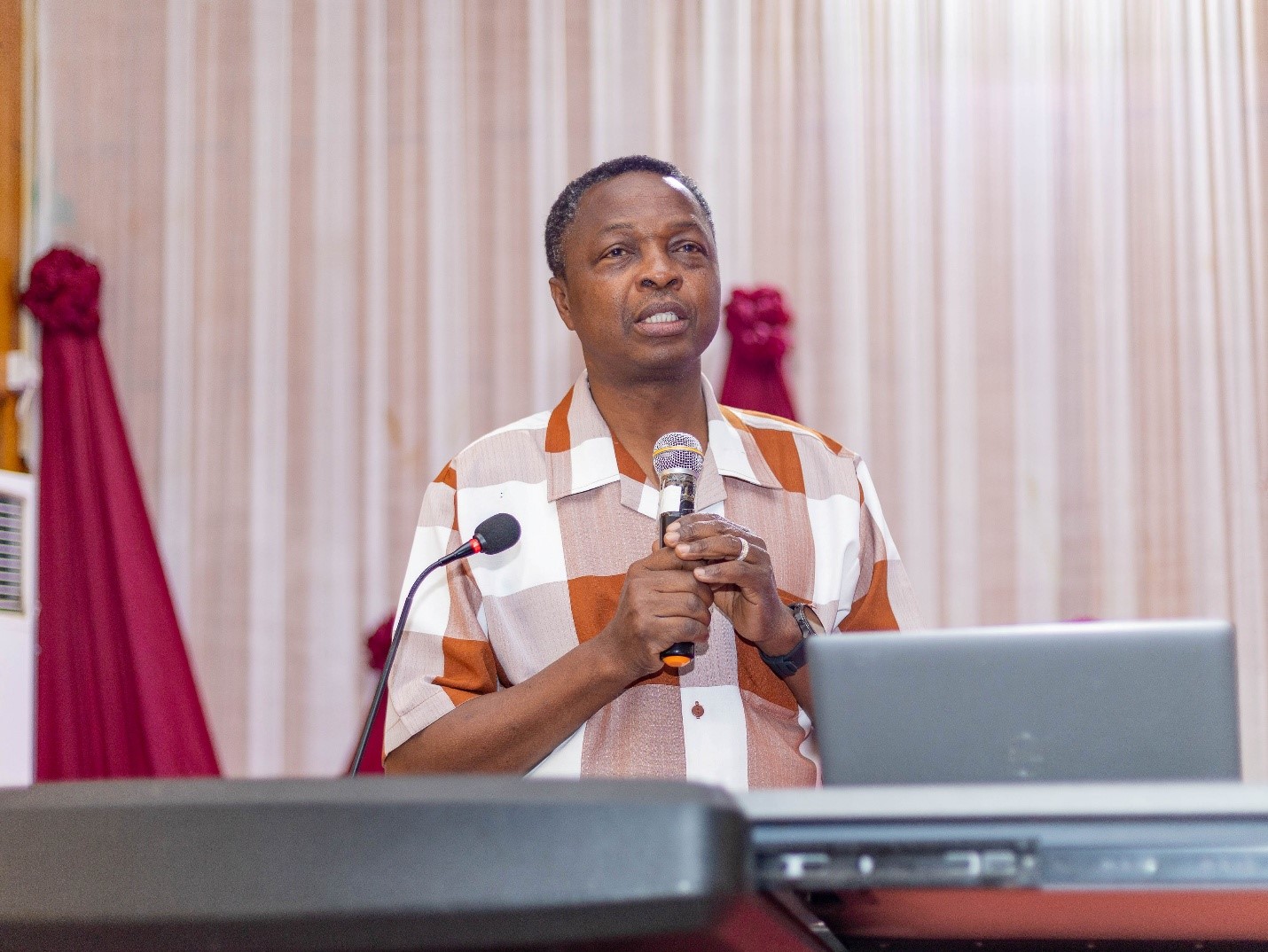
Ls. Stephen Gyaba, Vice President of the Licensed Surveyors Association of Ghana (LiSAG) and Chair of the FIG Diversity and Inclusion Taskforce, recounted his path from a student presenter at FIG’s 1994 Congress in Australia to a global ambassador for the profession. “Surveying is for everyone. FIG is working to ensure that wherever you come from, you can find your place and thrive,” he said. He also encouraged students to apply for FIG’s upcoming 150th anniversary congress in South Africa and to publish and present their work internationally.
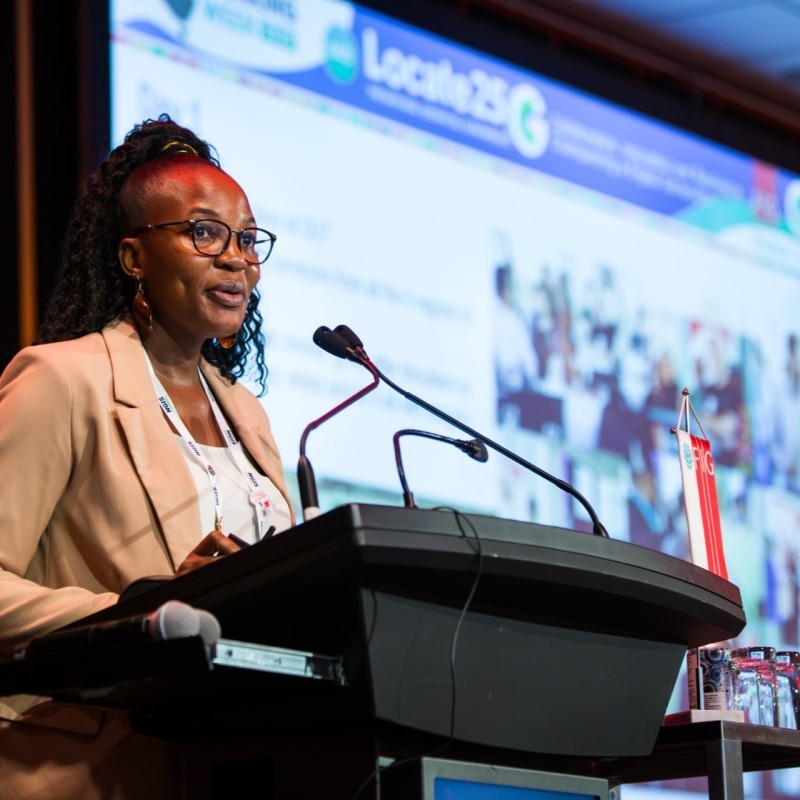
Ms. Shirley Chapunza, Chair of the FIG Young Surveyors Network and a Zimbabwean engineering surveyor, added a candid note on the profession’s demographic challenges. “The average age of a surveyor is 50. That’s not sustainable. We need young people, diverse voices, and new energy. Advocate, lead and tell your story. That’s how we reshape our profession”, she said.
Adding an important voice to the conversation was Madam Rosemond Akuffo, Engineering Surveyor and Geospatial Expert, who took the stage to inspire the next generation of female professionals. “I’m not here to say what men can do, women can do better. I’m here to tell you that it is possible,” she said. “Ask questions, seek guidance, and remember: you can still slay while surveying.”
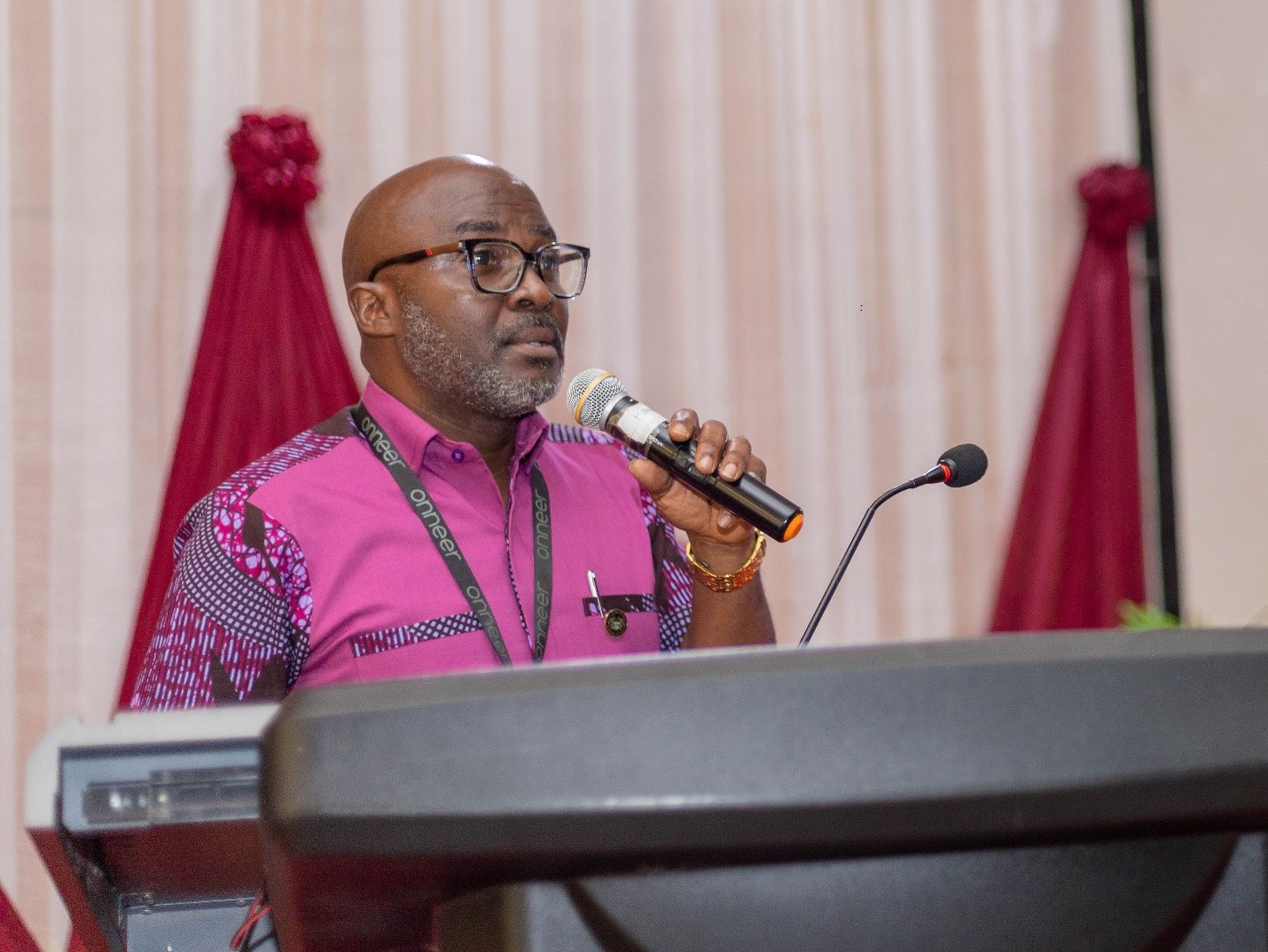
Surveyor Isaac Larbie, Vice President of the Ghana Institution of Surveyors (GHIS), delivered a presentation titled “Belonging and Beyond: The Role of Institutions in Shaping the Future of Surveying.” He emphasized the importance of professional bodies like GHIS in maintaining standards, offering training and certifications, and helping surveyors stay current with evolving technologies and legal frameworks. “It is you who must bridge the gap between academia and industry; no one else will do it for you,” he said. He also stressed that the profession’s future rests not only on technical know-how but also on the ability to adapt to changes in land use, policy, and digital tools.
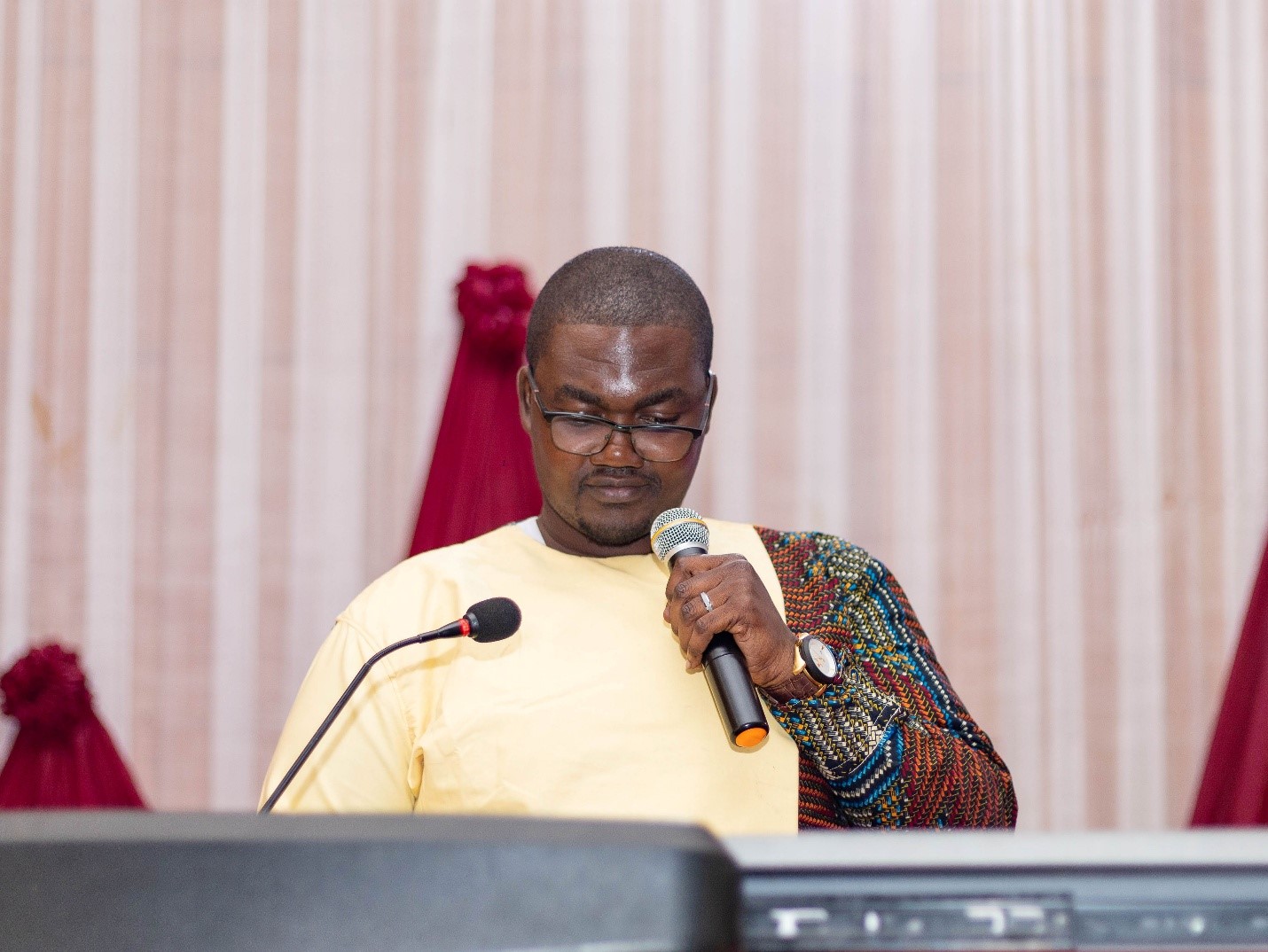
Mr. Emmanuel Richardson, a GHIS officer at Perseus Mining Company, followed with a presentation on “Becoming a Mining Engineer: Essential Skills, Career Paths, and Technology.” He laid out a skill map for the next generation of engineers, urging them to master tools like AutoCAD, GIS software, laser scanning, and GPS systems, as well as cultivate soft skills like analytical thinking, communication, and collaboration.
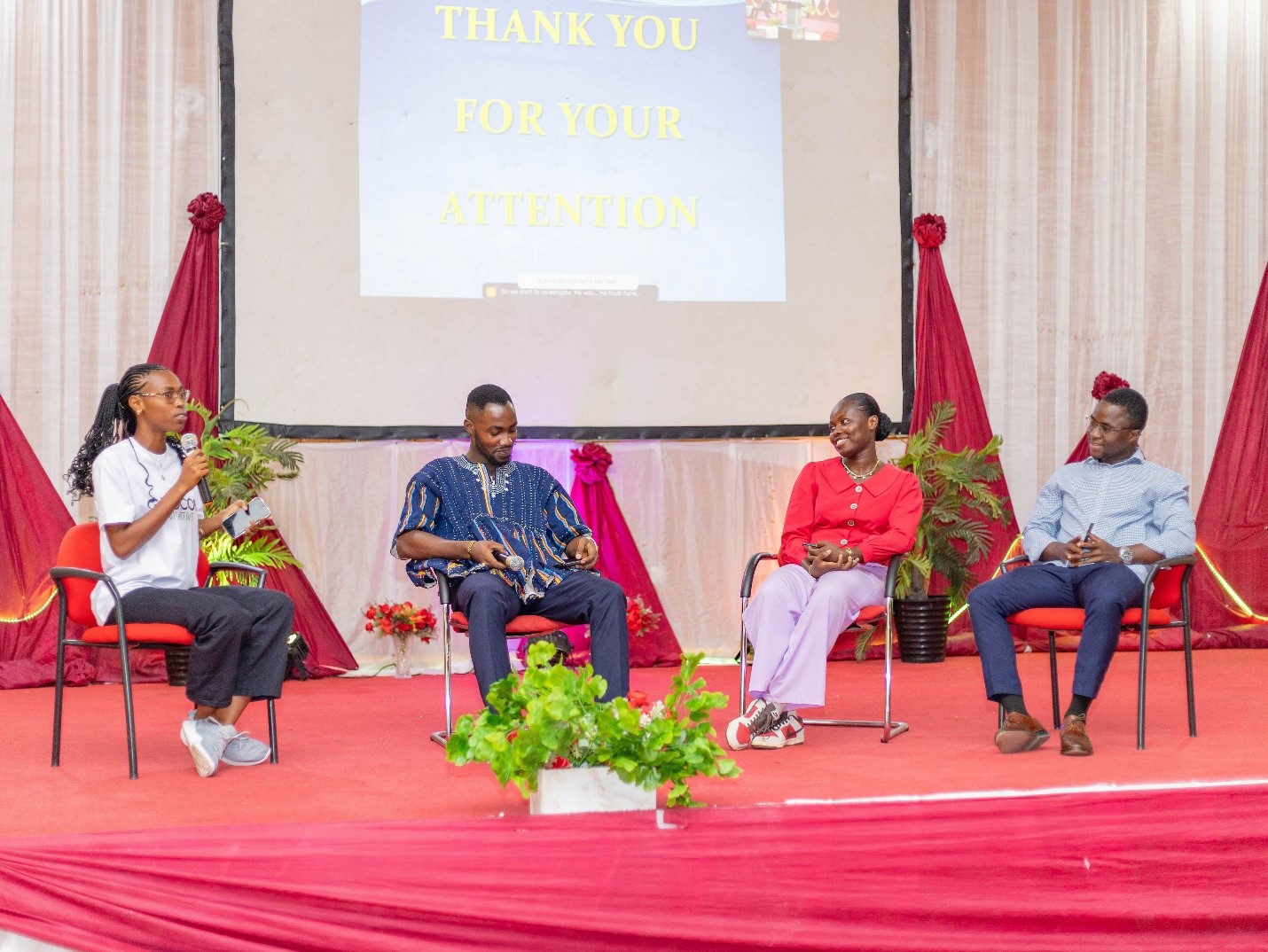
The panel discussion session featured National Service personnel and past students already working in the geomatics industry. Titled “Mindset Shift: Testimonies from the Field,” it brought raw, relatable insights into what life after school actually looks like.
Master George Kontor addressed the common expectation that after NSS retention is guaranteed. “You earn your place in this profession. It’s not handed to you. After NSS, reality hits hard, so you have to prove you’re valuable to the organization before you can be retained.”
Ms. Sonia, now working in mining engineering, spoke about mindset shift. “In school, your earliest class might be 8 a.m. In the field, you’re reporting before sunrise. That shift isn’t just physical but mental. You need discipline, and you need grit.”
Master Emmanuel focused on confidence and initiative, especially for women entering male-dominated environments. “Being timid doesn’t pay, especially for the ladies. Put yourself out there. Ask questions. Volunteer. That’s how I made lemonades out of the lemons I had.”
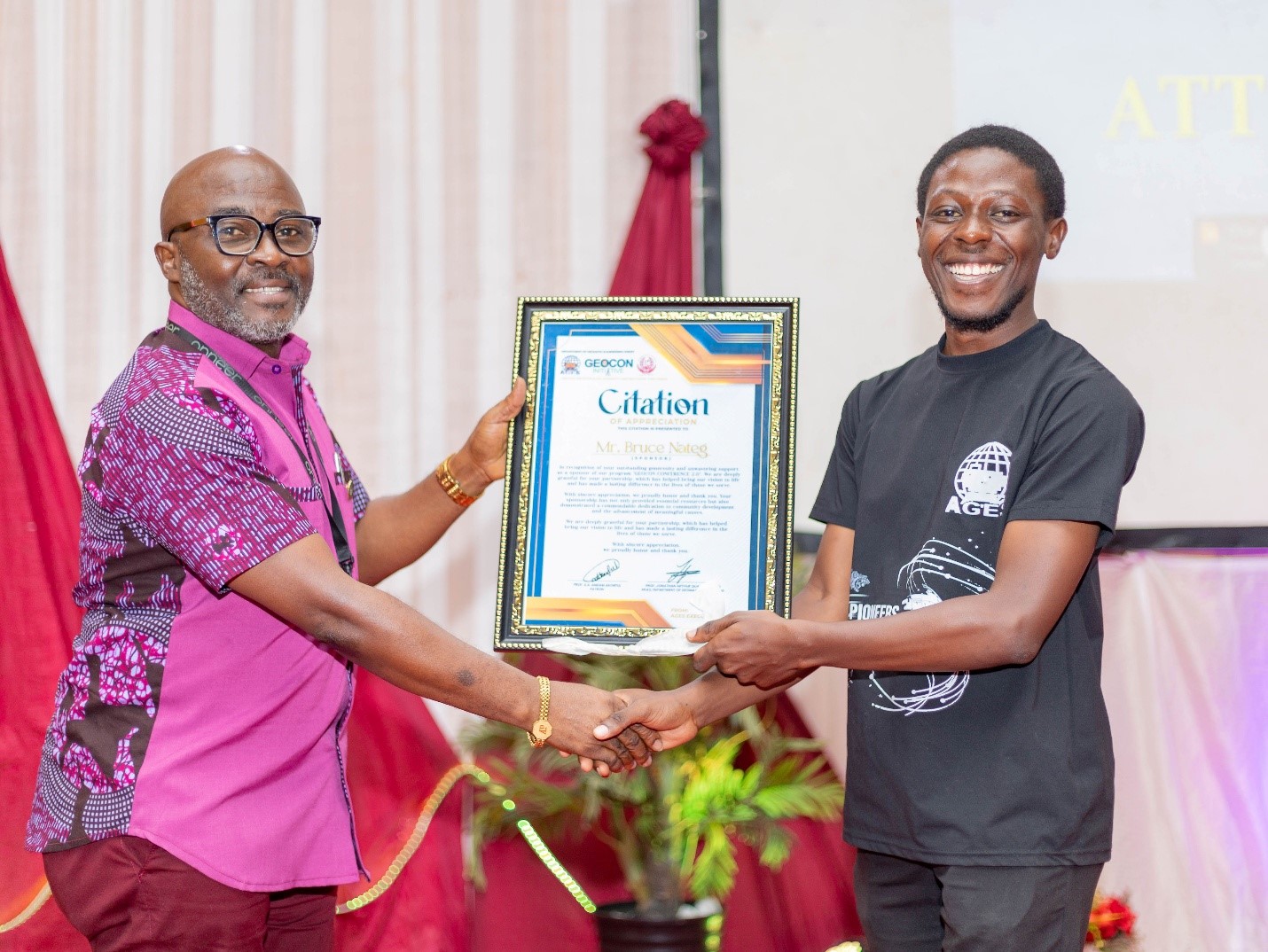
The event concluded with the presentation of awards and citations to sponsors and industry stakeholders for their commitment to advancing geomatics education and practice.


